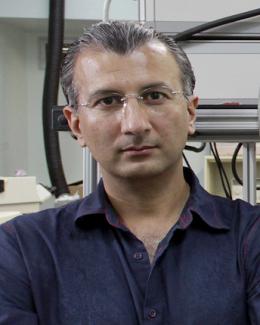Abstract
It is widely recognized that nanoscience and nanotechnology and their subfields, such as nanophotonics, nanoelectronics, and nanomechanics, have had a tremendous impact on recent advances in sensing, imaging, and communication, with notable developments, including novel transistors and processor architectures. For example, in addition to being supremely fast, optical and photonic components and devices are capable of operating across multiple orders of magnitude length, power, and spectral scales, encompassing the range from macroscopic device sizes and kW energies to atomic domains and single-photon energies. The extreme versatility of the associated electromagnetic phenomena and applications, both classical and quantum, are therefore highly appealing to the rapidly evolving computing and communication realms, where innovations in both hardware and software are necessary to meet the growing speed and memory requirements. Development of all-optical components, photonic chips, interconnects, and processors will bring the speed of light, photon coherence properties, field confinement and enhancement, information-carrying capacity, and the broad spectrum of light into the high-performance computing, the internet of things, and industries related to cloud, fog, and recently edge computing. Conversely, owing to their extraordinary properties, 0D, 1D, and 2D materials are being explored as a physical basis for the next generation of logic components and processors. Carbon nanotubes, for example, have been recently used to create a new processor beyond proof of principle. These developments, in conjunction with neuromorphic and quantum computing, are envisioned to maintain the growth of computing power beyond the projected plateau for silicon technology. We survey the qualitative figures of merit of technologies of current interest for the next generation computing with an emphasis on edge computing.


